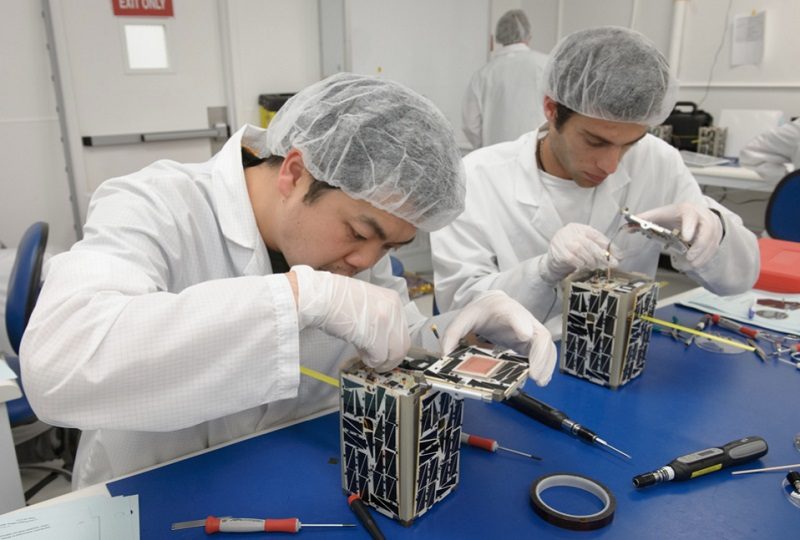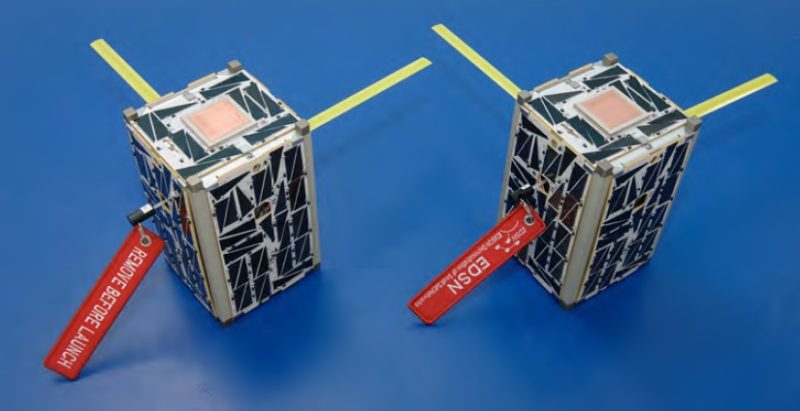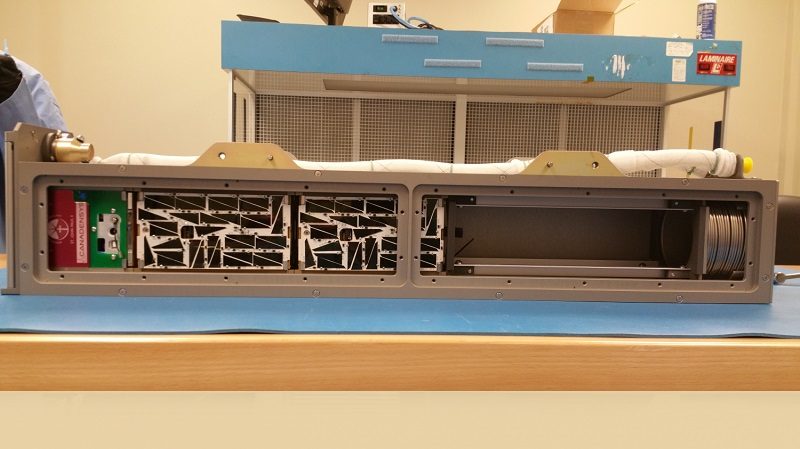NASA To Deploy 10 SmallSat Missions to Explore Solar System
Ron Perillo / 8 years ago

NASA plans to launch 10 ambitious projects that will explore the various celestial bodies our solar system. These missions usually cost a lot more as they required the launch of large satellites equipped with powerful instruments but advancements in satellite technology have made it possible to send out much smaller satellites while still able to gather substantial data.
Awarding $3.6 million USD to get the project concepts started, NASA has picked 10 projects under their Planetary Science deep Space SmallSat Studies program (PSDS3). Satellites weighting less than 400 lbs are classified under the SmallSat category even though they can be as big as a fridge or can be small enough to be hand-held. Some CubeSat units for example, measure only 4 cubic inches.
“These small but mighty satellites have the potential to enable transformational science. They will provide valuable information to assist in planning future Announcements of Opportunity, and to guide NASA’s development of small spacecraft technologies for deep space science investigation.” according to Jim Green, director of the Planetary Science Division at NASA Headquarters in Washington.
The 10 SmallSat projects awarded with the funding include:
Venus
- Christophe Sotin, NASA’s Jet Propulsion Laboratory, Pasadena, California: Cupid’s Arrow, a 66-pound (30-kilogram) probe to measure noble gases and their isotopes to investigate the geological evolution of Venus and why Venus and Earth have evolved so differently.
- Valeria Cottini, University of Maryland, College Park: CubeSat UV Experiment (CUVE), a 12-unit CubeSat orbiter to measure ultraviolet absorption and nightglow emissions to understand Venus’ atmospheric dynamics.
Moon
- Suzanne Romaine, Smithsonian Astrophysical Observatory, Cambridge, Massachusetts: CubeSat X-ray Telescope (CubeX), a 12-unit CubeSat to map the elemental composition mapping of airless bodies such as the moon, to understand their formation and evolutionary history using X-ray pulsar timing for deep space navigation.
- Timothy Stubbs, NASA Goddard Space Flight Center, Greenbelt, Maryland: Bi-sat Observations of the Lunar Atmosphere above Swirls (BOLAS), tethered 12-unit CubeSats to investigate the lunar hydrogen cycle by simultaneously measuring electromagnetic fields near the surface of the moon, and incoming solar winds high above.
Asteroids
- Jeffrey Plescia, Johns Hopkins University Applied Physics Laboratory, Laurel, Maryland: Asteroid Probe Experiment (APEX), a SmallSat with a deployable seismometer to rendezvous with the asteroid Apophis and directly explore its interior structure, surface properties, and rotational state.
- Benton Clark, Lockheed Martin Space Systems Company, Littleton, Colorado: CubeSat Asteroid Encounters for Science and Reconnaissance (CAESAR), a constellation of 6-unit CubeSats to evaluate the bulk properties of asteroids to assess their physical structure, and to provide constraints on their formation and evolution.
Mars
- David Minton, Purdue University, West Lafayette, Indiana: Chariot to the Moons of Mars, a 12-unit CubeSat with a deployable drag skirt to produce high-resolution imagery and surface material composition of Phobos and Deimos, to help understand how they were formed.
- Anthony Colaprete, NASA Ames Research Center, Moffett Field, California: Aeolus, a 24-unit CubeSat to directly measure vertically-resolved global winds to help determine the global energy balance at Mars and understand daily climate variability.
Icy Bodies and Outer Planets
- Kunio Sayanagi, Hampton University, Virginia: Small Next-generation Atmospheric Probe (SNAP), an atmospheric entry probe to measure vertical cloud structure, stratification, and winds to help understand the chemical and physical processes that shape the atmosphere of Uranus.
- Robert Ebert, Southwest Research Institute, San Antonio: JUpiter MagnetosPheric boundary ExploreR (JUMPER), a SmallSat to explore Jupiter’s magnetosphere, including characterizing the solar wind upstream of the magnetosphere to provide science context for future missions such as the Europa Clipper.





















